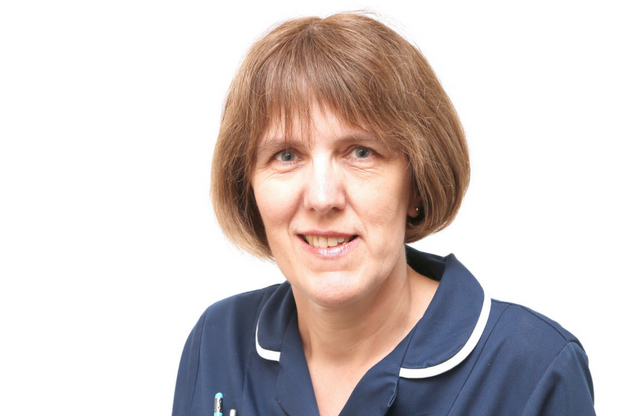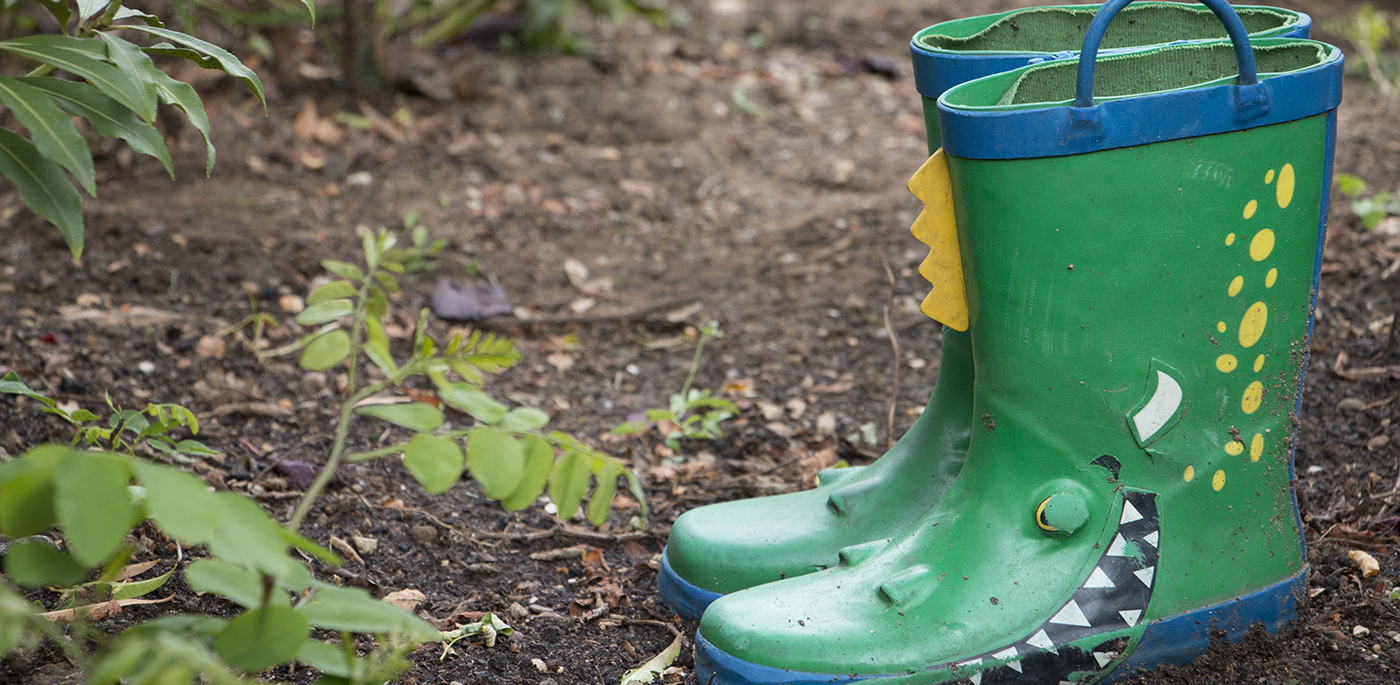He is a familiar friendly face always there to greet you with a smile, a cup of tea and, if you’re lucky, a biscuit.
For the past 10 years, Harry Allon gives up his time to volunteer at the Queen’s Centre in the oncology day unit and outpatients department.
“It might sound stupid but, especially now I’m on my own, when I go to the Queen’s Centre and I see the same faces you get to know over a period of time, it’s like going back to a family,” he said.
Mr Allon, who worked for insurance company Pearl Assurance as a manager before he retired, joined the 700-strong army of volunteers for Hull University Teaching Hospitals NHS Trust in 2008 after a friend suggested he became a hospital visitor.
His first role was to “meet and greet” patients and visitors arriving at the centre but now goes round with his tea trolley, usually on a Friday. But if he’s free and his services are required, Mr Allon will always respond to requests from staff to help out.
“After all this time, the majority of the nurses know me,” he said. “But I don’t get carried away with it even though they tell me all sorts of stuff. I do like to converse with people, after all.”
He’d been volunteering for some time when his wife Cathleen Patricia, known as Pat, was told she had a carcinoid tumour but it was unlikely to trouble her for years.
“I’ve always been an optimist and I always used to think we would get over this,” he said. “But when we went for another discussion with a specialist, we discovered she had oesophageal cancer, unrelated entirely to the tumour.
“I remember walking away from that meeting and Pat saying to me ‘You do realise that’s it. That I’m not going to make it.’ But I insisted she would make it and that she hadn’t to give up.
“It was a very sad time but, having said that, all the time right up to the end I believed we would make it. But we never did.”
After Mrs Allon died in 2012, Mr Allon continued volunteering even though it meant returning to the place where his wife had died.
“I know precisely what room she died in, what ward it was in and it does give me a little despondent feeling when I walk past,” he said.
“But then I walk in the day unit and everyone is so cheerful because the staff are such wonderful people.
“I’ve made friends with some of them and one male nurse and his wife even invited me to join them for a pub crawl. And I did it too.”
Although he’s 86, Mr Allon shows no signs of slowing down and has every intention of continuing to volunteer at the Queen’s Centre, helping to bring some light and happiness into the lives of staff, visitors and patients.
“I do enjoy it,” he said. “I had a lesson I’ve never forgotten on my very first day.
“I was pushing a patient in a wheelchair to reception and a nurse came up to say hello. She dropped to her knees so she could speak to the patient face-to-face instead of talking down to her.
“I just thought that was wonderful.”


















